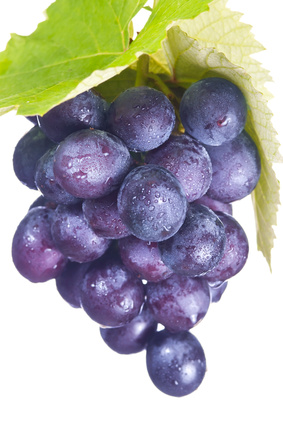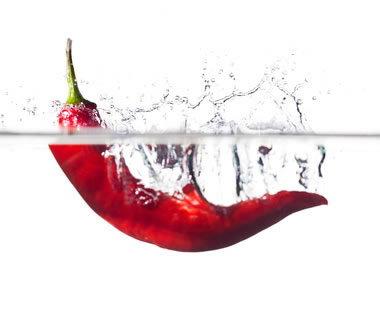Japanese knotweed (Polygonum cuspidatum) is, herbaceous perennial plant, native to eastern Asia in Japan, Korea and China. In traditional Chinese medicine (TCM), the plant is known as huzhang. During the 1800s, Polygonum cuspidatum was introduced to Europe and America as an ornamental plant. Japanese knotweed is used to produce resveratrol supplements because it is easy and quick to grow.
What is Resveratrol?
Resveratrol is a compound produced naturally by several plants when under attack by pathogens such as fungi or bacteria, and is found in the skin of red grapes. At the same time, is produced by chemical synthesis derived primarily from Japanese knotweed and is sold as a supplement. Resveratrol was first isolated from the roots of white hellebore (Veratum grandiflorum) in 1940, and after, in 1963 from the roots of Polygonum Cupsidatum, a plant used in traditional Japanese and Chinese medicine.
Japanese Knotweed Benefits
• Resveratrol, has antioxidant, anti inflammatory and antimutagenic effects.
• Polyphenols comprise a large class of antioxidants and include flavonoids, phenolic acids, anthocyanins, stilbenes and lignans. Resveratrol belongs to a class of polyphenolic compounds called stilbenes.
• Free radicals wreak havoc in the human body by damaging cells and causing disease and aging. Antioxidants prevent and repair cell damage caused by free radicals in the body. According to “Whole Foods Magazine Online“, Japanese knotweed contains important concentrations of the powerful antioxidant resveratrol.
• Albert Sun, a professor of pharmacology at “Missouri University“, discovered that resveratrol can absorb free radicals during a stroke and stop them from doing any further damage to the brain or individual cells.
• According to results reported in the “British Journal of Nutrition“, a daily 10 milligram dose of resveratrol was associated with reductions in insulin resistance in type-2 diabetics.
• According to Eleanor G. Rogan, a professor in the Eppley Institute for Research in Cancer and Allied Diseases “Resveratrolhas the capability to avoid the first step that occurs when estrogen starts the process that leads to cancer by blocking the formation of the estrogen DNA adducts. We believe that this could stop the whole progression that leads to breast cancer down the road.”
• Resveratrol protects from beta-amyloid neurotoxicity. In November 2008, scientists at the “Weill Medical College of Cornell University” reported dietary supplementation with resveratrol important reduced plaque formation in animal brains, a critical part of the pathogenesis of Alzheimer’s disease and other neurodegenerative diseases.
 part of healthful blood flow and heart health. A study, reported in the journal “Biofactors” in September 2010, found that resveratrol triggers the release of nitric oxide, which plays an significant role in relaxation of blood vessels. A “University of Michigan Cardiovascular Center” study suggests grapes may prevent heart health risks beyond the blood pressure lowering effect that can come from a nutrition rich in vegetables and fruits.
part of healthful blood flow and heart health. A study, reported in the journal “Biofactors” in September 2010, found that resveratrol triggers the release of nitric oxide, which plays an significant role in relaxation of blood vessels. A “University of Michigan Cardiovascular Center” study suggests grapes may prevent heart health risks beyond the blood pressure lowering effect that can come from a nutrition rich in vegetables and fruits. from pruritus. It is available as a cream in two diverse strengths 0.075% and 0.025%. The stronger cream (
from pruritus. It is available as a cream in two diverse strengths 0.075% and 0.025%. The stronger cream ( anticancer property, reduce the toxicity of some chemicals and help to protect our DNA. Guarana demonstrated antioxidant effects by inhibiting
anticancer property, reduce the toxicity of some chemicals and help to protect our DNA. Guarana demonstrated antioxidant effects by inhibiting